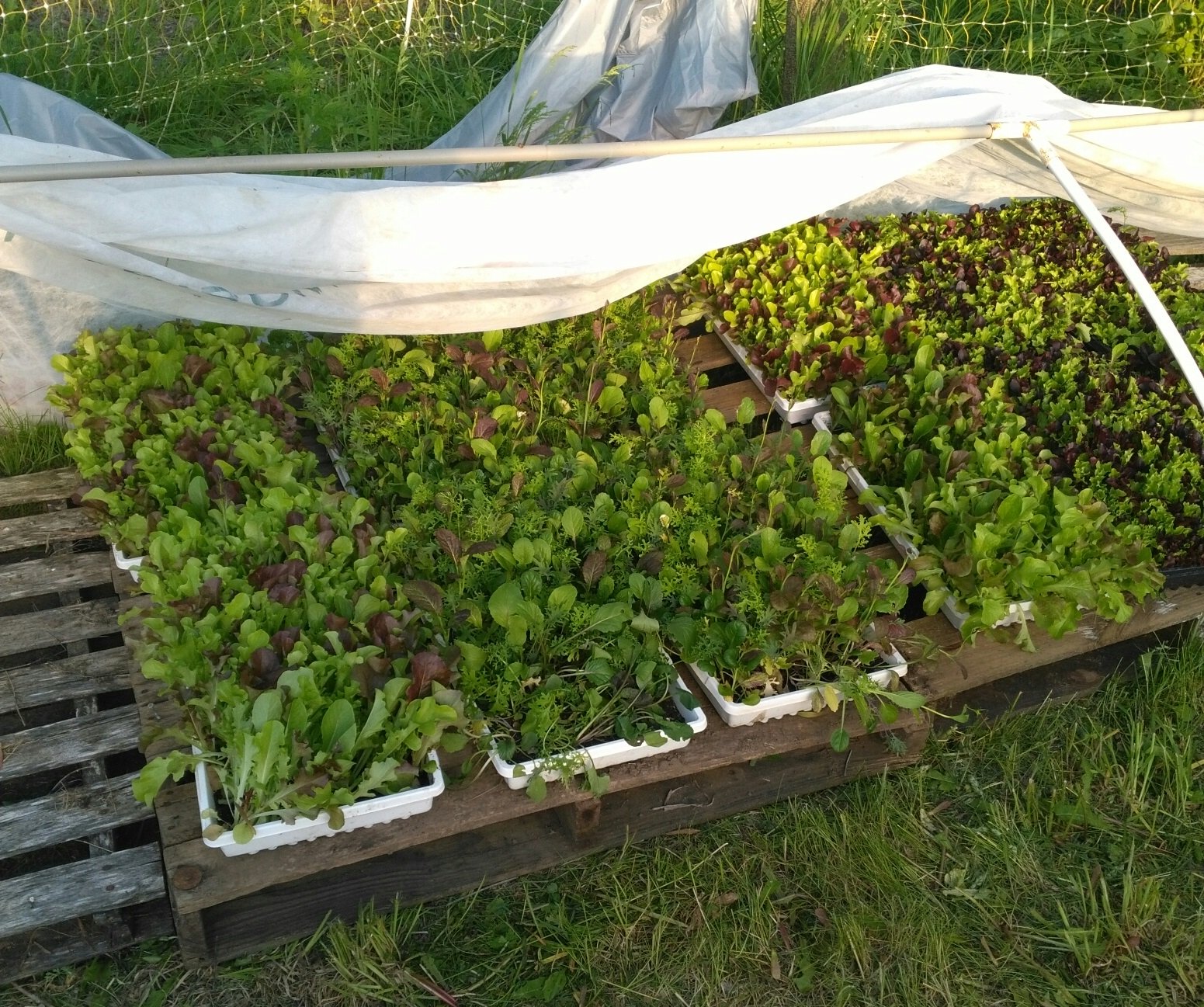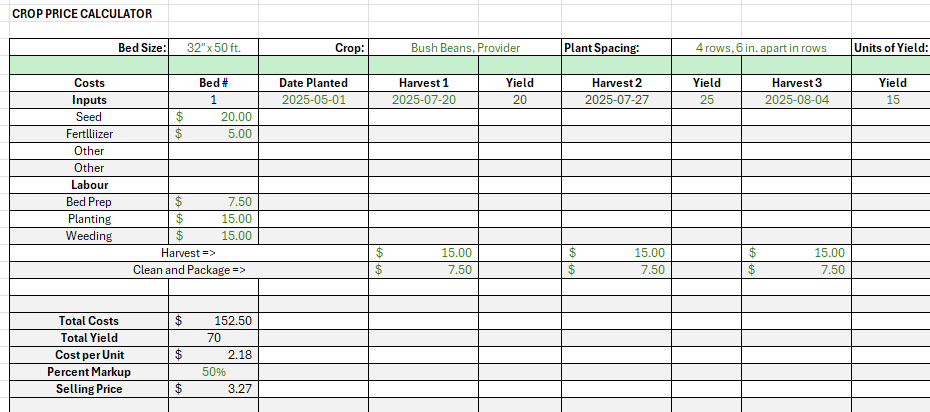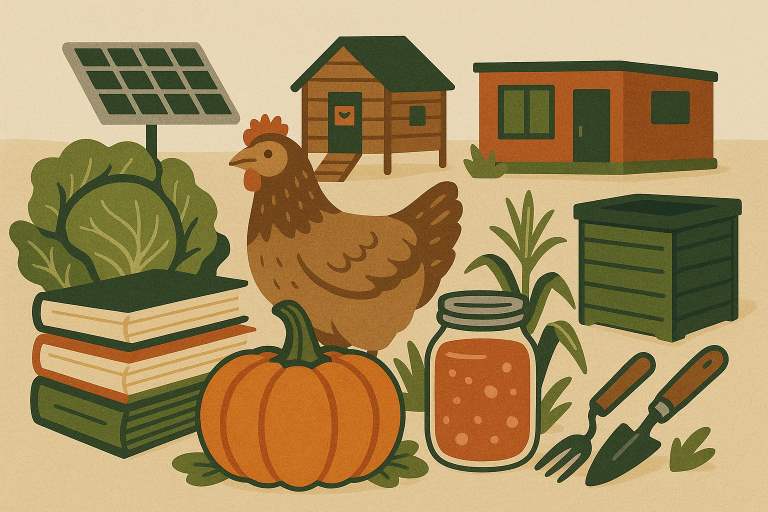Crop Yield Tracking: The Smart Market Gardener’s Secret WeaponIf you're serious about running a productive and profitable market garden, there's a critical tool you need to succeed: crop yield tracking. Crop yield tracking helps farmers measure how much they harvest and use that data to improve farm performance, soil health, and profitability. For small-scale growers, tracking yields offers insights into crop performance, resource use, and market timing. In this article, we’ll explore how yield tracking can transform your growing operation by helping you make better decisions, boost profits, and reduce waste. We'll also explain how to design a tracking system that works for real-world farmers, not just on paper. What Is Crop Yield Tracking, and Why Does It Matter?Crop yield tracking is the practice of recording how much marketable food you harvest from each crop, bed, or planting, and then analyzing that data to improve future outcomes. Why It Matters:
Here's what I found out when I tracked one popular crop. Mixed Results From My Mixed Greens Crop yield tracking told us we needed a better way to grow greens Crop yield tracking told us we needed a better way to grow greensMixed salad greens or 'mesclun' is a popular item for CSA boxes and farm stands. We grew beds of different varieties and could sell pretty much all we grew. But I did a little 'crop yield tracking' experiment and and discovered that, while the crop sold readily at the price I set, the cost of bed prep and maintenance, harvest, and clean, pack and weigh were too high to yield a good profit. So we cut way back on the the mesclun for a couple years, until we found better methods, like growing in soilless mixes in trays, and better cultivars that 'lettuce' make a profit. Data driven decision making for small farmers. Carefully Curated Resources For The Homesteader and Prudent Property Owner The world seems to be a little unsettled these days. I'm always looking for ways to make New Terra Farm more self-sufficient and productive. Here's a few of the best ways I've found to make self-sufficiency happen. Useful Homesteader Resources How to Collect Yield DataPaper and Spreadsheet Records Using paper records is a straightforward way to document harvest details like weights, bed locations, and crop varieties. However, while this method captures real-time information, it can become disorganized when analyzing trends or calculating totals across multiple harvests I'm a fan of using spreadsheets for crop yield tracking. Spreadsheets offer a balance between simplicity and functionality. They allow for automatic calculations, saving time and enabling yield projections based on planted areas and expected outputs per unit area The key to success here lies in accurate data entry; your projections are only as reliable as the information you input. Many gardeners capture yield details on paper in the field and later transfer them to spreadsheets for analysis.  Crop Yield Tracker and Price Calculator Crop Yield Tracker and Price CalculatorThe Crop Yield Tracker shown in the picture is included with my book 'Grow The Top Ten Most Profitable Vegetables'. Hint: the Tracker is how I figured out they are the most profitable. Beyond Spreadsheets: Farm Management SoftwareSpecialized farm management platforms are helping small-scale farmers streamline their operations. For market gardeners, there are several standout options. Farmbrite is an all-in-one solution for tracking livestock, crops, and finances, making it a good option for diversified farms. CropTracker focuses on eliminating manual errors in crop tracking and planning. Tend offers AI-powered features that simplify crop planning, task management, sales, and accounting support. Reportedly, over 60% of small farms using farm management software see improvements in crop planning and resource allocation within the first year. Best Practices for Yield TrackingWhen it comes to yield tracking, best practices can turn the raw data you collected into useful insights that improve farm management. By standardizing your approach and staying consistent, you can avoid errors, make smarter decisions, and ultimately see better results. Here are some key strategies to help you track yields effectively. Standardizing Data Collection Consistency is the foundation of reliable data. Without it, comparing results becomes nearly impossible. That’s why it’s crucial to establish clear formats and protocols for every step of your data collection process. Start by using the same measurement units throughout the season. This is especially important if you are working with farm help; standardized data makes it easier to compare results and derive insights Focus on collecting a core set of data points to keep things manageable and consistent. For market gardeners, this often includes details like crop variety, planting and harvest dates, yield quantities, and growing conditions. You may also want to weather conditions that could impact yields Using Crop Yield Data for Farm SuccessYield data plays a critical role in shaping decisions about crop planning and resource management. By implementing reliable data collection methods, farmers can use these insights to make informed choices that improve efficiency and productivity across their operations. Improving Crop Planning and Rotation Historical yield data acts as a guide for smarter crop planning and rotation strategies. Knowing how different crops performed in specific areas and under varying conditions allows you to make better decisions that enhance overall yields. Soil Health and Nutrient Management Combining yield data with regular soil testing can refine your rotation strategies. Poor crop performance in specific areas might indicate nutrient deficiencies, which can be addressed by introducing nitrogen-fixing crops like legumes. Improved Resource Allocation Yield data isn't just for planning; it also helps optimize resources and improve marketing strategies. By understanding production patterns, you can allocate resources more efficiently, cut waste, and make smarter market decisions. Using yield data to guide resource allocation can significantly improve efficiency. For example, precision irrigation based on yield performance can reduce water use by 30–50% while increasing yields by 10–20%. Similarly, nutrient management tailored to yield patterns can boost nutrient use efficiency by 20% and lower fertilizer costs by 25%. Develop variable rate application maps by combining yield data with soil tests and field observations. This approach ensures fertilizers and amendments are applied only where needed, avoiding blanket treatments that may not be as effective Targeted Pest and Disease Management Patterns in your yield data can reveal areas prone to pests or diseases, allowing for targeted interventions instead of broad-spectrum treatments. This can reduce pest and disease pressure by 20–40% and minimize crop losses by 15–25% Strategic Marketing Decisions Yield data can also guide your marketing efforts. Use historical records to identify your most reliable crops and plan market commitments accordingly. For instance, early-season crops might fetch higher prices even if their initial yields are lower. Final Thoughts: Data Makes The DifferenceWhether you're managing a quarter-acre or 20, crop yield tracking is one of the highest-leverage activities you can do as a market gardener. It brings clarity, confidence, and continuous improvement; and that’s what separates a struggling farm from a thriving one. Start small. Keep it simple. And let your data show you the path forward.
|
See Something You Like? Share!
Recent Articles
-
Farm grown reviews of products recommended by New Terra Farm
Dec 04, 25 06:26 AM
Find great farm and garden products in my farm grown reviews -
Best Chicken Coop and Accessories for Small Farms and Homesteads
Nov 30, 25 09:18 AM
Looking for the best chicken coop? Here are the top coops, accessories, nest boxes, and gear to build a safe, productive poultry setup. -
Community Supported Agriculture Marketing Ideas To Sell Out The Season
Nov 05, 25 05:18 AM
Authentic Community Supported Agriculture marketing ideas to grow loyalty, boost sign-ups, and sell out your CSA every year




